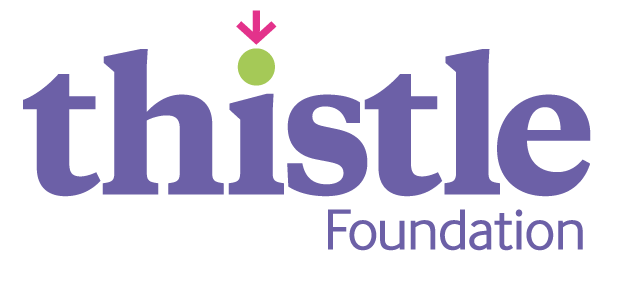House of Care Service
"Good conversations" are about:
Agreeing a shared agenda - the person and the practitioner each share what they want to talk about what matters to the person, rather than a focus on "what is the matter" using that shared understanding about what matters to agree a plan what the person can do for themselves and what community based resources could be accessed, as well as what the practitioner can do for them.
This is often referred to as care and support planning. It includes the concepts of shared decision making and supported self-management and is asset-based. There is good evidence that using this approach leads to better outcomes for the person and the system. Thistle’s house of care program supports this approach by:
Facilitating reflective learning to identiy opportunities and help address system barriers
Capturing and sharing learning
Offering training in good conversation skills
Working with people with lived experience of health and care services to inform our approach
Tailoring it to address health inequalities
Advising on ways to gather information which reflects the difference this approach can make to people and practitioners
Creating strategic alliances to spread and sustain the approach
Who is it for?
Senior practitioners within health and care sectors with dedicated time to develop others and support service design through the application of small changes.
Format
Team attend Good Conversations Training and work with project team to develop a plan based on best hopes and outcomes for their service. Support will be provided to monitor, evaluate and report progress using outcome maps.
How it works
Thistle’s House of Care program supports teams working in health, social care and the third sector to have "good conversations" by working with them to strengthen their capacity in all aspects of the house of care. The house of care is a metaphor. The walls, roof and foundation of the house remind everyone what needs to be in place to allow "good conversations" to happen.
The roof represents the organisational processes and systems needed to support the conversation, for example, how people are identified and communicated with.
The right-hand wall represents practitioners who are committed to working in partnership and having Good Conversations with the people they are supporting.
The left-hand wall represents the people who are being supported, being engaged in a way that prepares them for a different conversation with the practitioners.
The floor of the House is the responsive and appropriate allocation of resources, including community and voluntary, as well as statutory resources.

